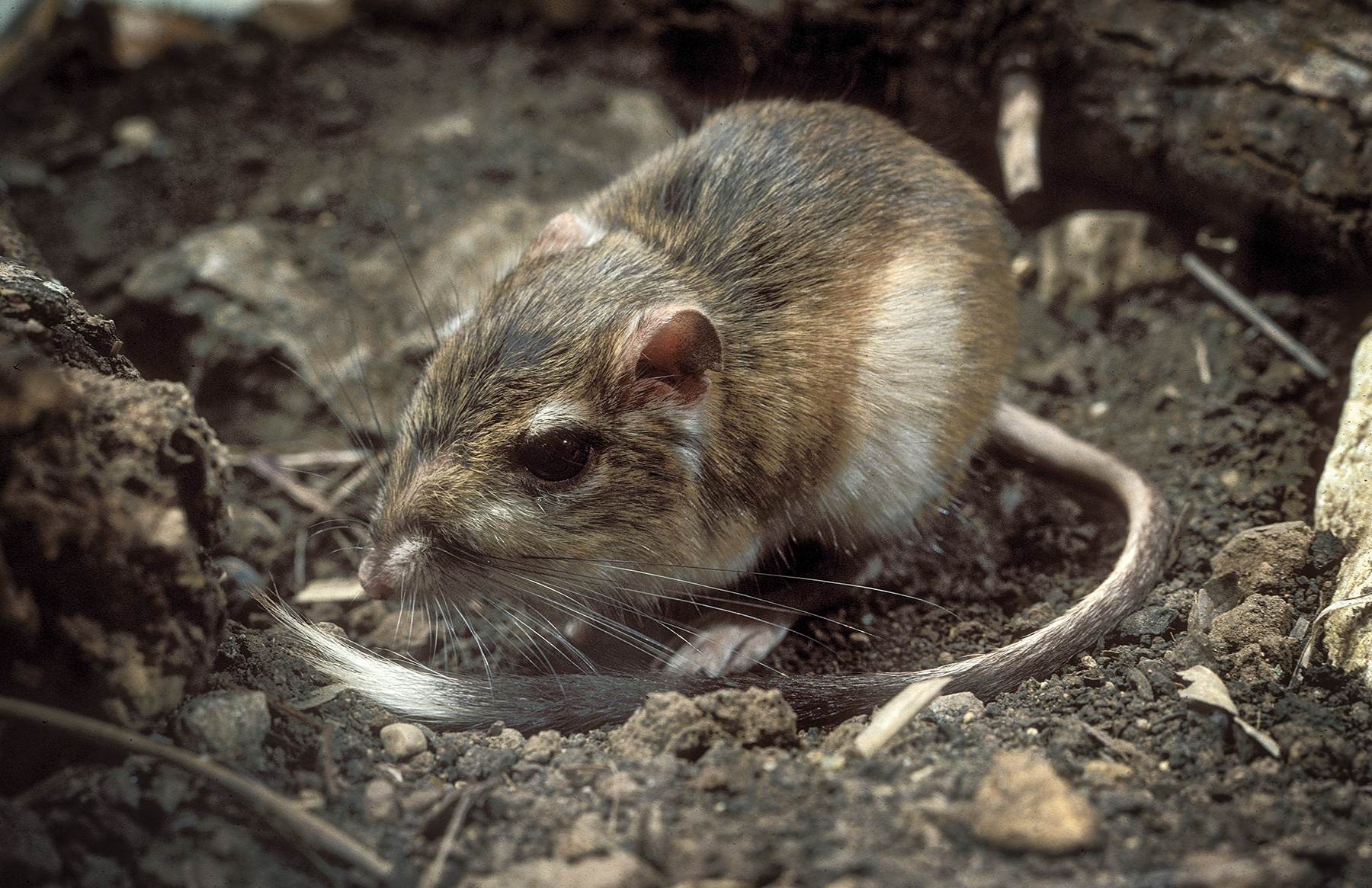
The Texas Kangaroo Rat is a fascinating creature that is native to the arid regions of Texas. This small mammal belongs to the family Heteromyidae and is well-known for its unique hopping behavior, which earned it the name “kangaroo” rat. With its adorable appearance and interesting characteristics, the Texas Kangaroo Rat has captured the attention of many animal enthusiasts.
In this article, we will delve into 15 fascinating facts about the Texas Kangaroo Rat. From its habitat, diet, and physical features to its mating behaviors and conservation status, we will uncover everything you need to know about this incredible species. So, let’s hop right into it and explore the enchanting world of the Texas Kangaroo Rat!
Key Takeaways:
- The Texas Kangaroo Rat is a fascinating nocturnal creature found in the arid regions of Texas. With its kangaroo-like hopping and solitary lifestyle, it plays a crucial role in its ecosystem as a seed eater and burrowing expert.
- These rats are skilled jumpers, burrowers, and seed eaters, with specialized adaptations for desert life. Unfortunately, they are endangered due to habitat loss, making it important to protect their sandy homes in Texas.
Habitat
The Texas Kangaroo Rat is found in arid regions of Texas, primarily in sandy areas with sparse vegetation.
Nocturnal Creatures
These rodents are primarily active during the night, spending their days in burrows to escape the heat of the desert.
Kangaroo-like Hopping
True to their name, Texas Kangaroo Rats have powerful hind legs that allow them to move in a series of impressive kangaroo-like hops.
Solitary Lifestyle
They are typically solitary animals and do not engage in social behavior like other rodents.
Seed Eaters
Their diet consists mainly of seeds, which they collect and store in their burrows for later consumption.
Water Conservation
Texas Kangaroo Rats have specialized kidneys that enable them to conserve water by producing concentrated urine.
Excellent Jumpers
With their powerful hind legs, these rats can jump up to six feet in a single leap.
Burrowing Experts
They are skilled diggers and construct elaborate burrows with multiple entrances, providing shelter and protection from predators.
Adapted to Desert Life
Due to their arid habitat, Texas Kangaroo Rats have specialized adaptations to cope with extreme temperatures and limited water sources.
Longevity
These rats have a relatively short lifespan, typically living for about 3-5 years in the wild.
Predators
Common predators of the Texas Kangaroo Rat include owls, snakes, and foxes.
Endangered Status
The Texas Kangaroo Rat is listed as a species of concern due to habitat loss caused by human activities.
Wild Population
It is estimated that there are approximately 500,000 Texas Kangaroo Rats currently living in the wild.
Distinctive Appearance
These rats have large, round ears, long tails, and soft fur with a sandy or buff coloration.
Important Ecological Role
As seed eaters, Texas Kangaroo Rats play a crucial role in seed dispersal and plant regeneration within their ecosystem.
So there you have it, 15 fascinating facts about the Texas Kangaroo Rat. From their remarkable jumping abilities to their solitary nature, these unique rodents continue to captivate researchers and wildlife enthusiasts alike. By studying and appreciating the intricate lives of creatures like the Texas Kangaroo Rat, we gain a deeper understanding of the diverse and magnificent world of animals.
Conclusion
In conclusion, the Texas Kangaroo Rat is a fascinating creature with unique adaptations that enable it to thrive in the arid landscapes of Texas. Its ability to survive in harsh conditions, its impressive jumping ability, and its nocturnal nature all contribute to its survival in the wild.Despite its small size and elusive nature, the Texas Kangaroo Rat plays a crucial role in its ecosystem by controlling insect populations and serving as prey for larger predators. Conservation efforts are important to ensure the preservation of this species and its habitat.By understanding these 15 Texas Kangaroo Rat facts, we gain a deeper appreciation for this incredible animal. So, the next time you find yourself in the Lone Star State, keep an eye out for this remarkable rodent and remember the important role it plays in the Texas ecosystem.
FAQs
Q: Where can I find the Texas Kangaroo Rat?
A: The Texas Kangaroo Rat is primarily found in the deserts and grasslands of western Texas.
Q: How big is the Texas Kangaroo Rat?
A: The Texas Kangaroo Rat is approximately 8 to 9 inches long, including its tail.
Q: What do Texas Kangaroo Rats eat?
A: They primarily feed on seeds, grasses, and occasionally insects.
Q: Are Texas Kangaroo Rats endangered?
A: Yes, they are considered a threatened species due to habitat loss and fragmentation.
Q: Can Texas Kangaroo Rats jump high?
A: Yes, they have powerful hind legs that allow them to jump up to 9 feet in a single bound.
Was this page helpful?
Our commitment to delivering trustworthy and engaging content is at the heart of what we do. Each fact on our site is contributed by real users like you, bringing a wealth of diverse insights and information. To ensure the highest standards of accuracy and reliability, our dedicated editors meticulously review each submission. This process guarantees that the facts we share are not only fascinating but also credible. Trust in our commitment to quality and authenticity as you explore and learn with us.
